If you’ve ever wondered, “is Peru safe to travel?” you’re in the right place. You might be drawn to Peru’s rich cultural heritage, breathtaking landscapes, and the legendary allure of Machu Picchu. However, safety concerns often come to mind when exploring a new destination. In this comprehensive guide, you’ll find detailed insights on how to travel in Peru safely, from practical tips to cultural nuances, so you can plan your adventure with confidence and ease.
Traveling can stir up a mix of excitement and nerves, especially when you’re setting your sights on a destination as vibrant and diverse as Peru. You may have heard stories that spark both wonder and worry. Perhaps you’re anxious about crime, or unsure how to handle language barriers, or even concerned about health risks. Whatever your concerns, this article is designed with you in mind. It offers the latest safety information, practical advice, and insider tips to help you navigate your Peruvian journey without a hitch.
Table of Contents
Understanding Peru’s Safety Landscape
Before you embark on your journey, it’s important to understand the broader safety landscape of Peru. You deserve to know what to expect, so you can confidently decide which areas to visit and which precautions to take.
General Safety Overview
- Current Safety Status (2025): Peru has seen significant improvements in security measures over the past few years. Official travel advisories indicate that while some urban areas require caution, many parts of the country remain popular and safe for tourists.
- Perceptions vs. Reality: There’s often a gap between what you hear in the media and the real experiences of visitors. While isolated incidents may occur, millions of travelers visit Peru each year without encountering serious problems.
- Government Travel Advisories: Make sure to check travel advisories from sources such as the U.S. Department of State and the UK Foreign Office. These provide updated information on any potential risks, helping you stay informed.
Crime Rates in Peru
Understanding the local crime rates is a crucial aspect of your planning process. Consider the following essential points:
- Types of Crimes: In urban areas, petty theft and scams are the most common issues. For instance, pickpocketing in crowded spots or minor scams targeting tourists can happen, but they are generally manageable with proper vigilance.
- High-Risk Areas: Major cities like Lima have neighborhoods where extra caution is advised. Although most tourist areas are well-patrolled, it’s wise to research specific districts before you arrive.
- Statistical Data: Recent statistics indicate that while crime exists, violent crime against tourists is relatively rare. Staying in well-reviewed accommodations and using common-sense safety practices can significantly mitigate risks.
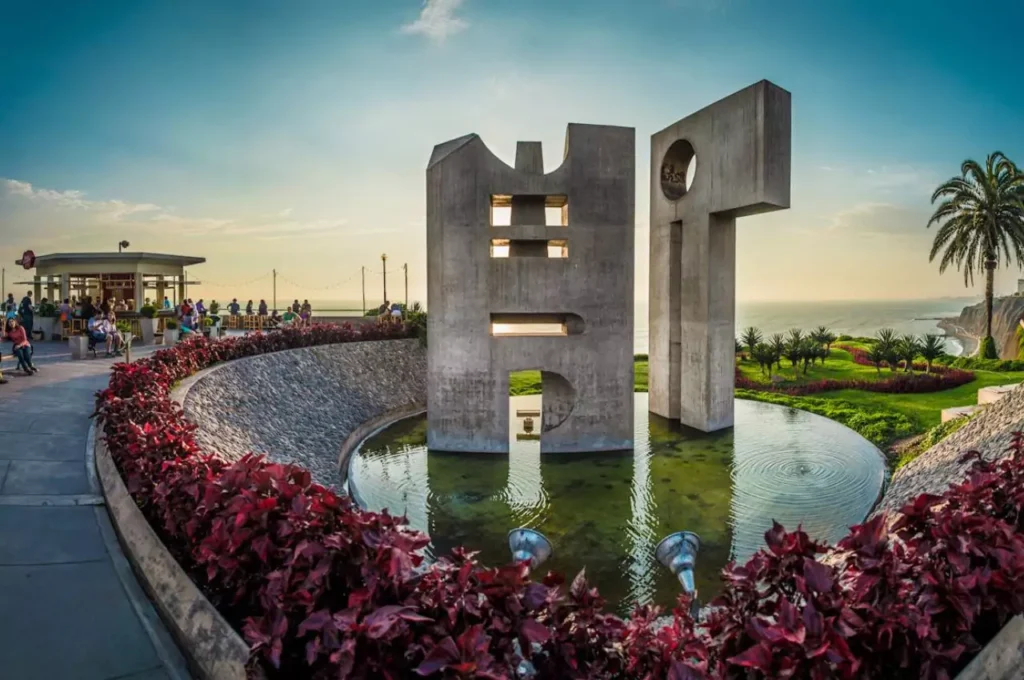
Safe Travel Destinations in Peru
Peru is a country of diverse regions, each offering unique experiences and safety profiles. Let’s explore some of the most popular and safe travel destinations in the country.
Popular Tourist Spots and Their Safety
When you’re planning your trip, you’ll likely want to visit well-known places such as Lima, Cusco, and Arequipa. Below are the essential details for each item:
- Lima:
Lima is a bustling metropolis where modernity meets history.- Safety by District: Areas like Miraflores and Barranco are generally considered safe due to heavy police presence and tourist infrastructure.
- Tips: Stick to well-lit, busy streets especially at night. Use reputable taxi services or ride-sharing apps to navigate the city.
- Cusco:
Cusco is not only a gateway to Machu Picchu but also a city with a rich Incan heritage.- Tourist Hotspots: The historic center of Cusco is well-patrolled and vibrant, yet like any popular destination, small theft incidents can occur.
- Advice: Keep your belongings secure and avoid carrying large sums of cash. You might want to use a money belt or a secure bag.
- Arequipa, Sacred Valley, and Lake Titicaca:
These destinations offer incredible landscapes and cultural experiences.- Safety Considerations: While Arequipa is generally safe, remote areas like the Sacred Valley and regions around Lake Titicaca might have fewer security measures.
- Recommendation: Plan guided tours in remote regions and keep local emergency numbers handy.
Off-the-Beaten-Path Destinations
If you’re an adventurous traveler who enjoys discovering less-visited locales, here are some points to consider:
- Remote Areas:
Venturing off the tourist trail can be incredibly rewarding, but it also demands extra caution.- Challenges: Limited medical facilities and sparse law enforcement can be potential concerns.
- Solutions: Travel with reputable local guides who are familiar with the area’s landscape and customs.
- Traveling with Guides vs. Solo Adventures:
- Guided Tours: Opting for guided tours can significantly enhance your safety. Guides offer valuable local insights and help navigate potential risks.
- Solo Travelers: If you prefer exploring on your own, always inform someone about your itinerary and check in regularly.
Common Travel Risks and How to Avoid Them
While Peru offers many safe travel experiences, being proactive about common risks can ensure your trip remains worry-free.
Petty Theft and Pickpocketing
You can reduce the chances of falling victim to petty crimes with a few simple strategies:
- Hotspots for Theft:
- Busy markets, crowded public transportation, and tourist attractions are typical spots where pickpocketing may occur.
- Prevention Tips:
- Use a money belt or hidden pouch for your valuables.
- Keep your bag zipped and close to your body.
- Remain aware of your surroundings, particularly in crowded areas.
Scams Targeting Tourists
Unfortunately, scams are a reality in many popular tourist destinations. Here’s how to safeguard yourself:
- Common Scams:
- Fake taxi drivers who overcharge, distraction thefts where your attention is diverted from your belongings, or even overly friendly locals who might lead you into a scam.
- How to Avoid Them:
- Always use registered taxis or ride-sharing services.
- Agree on prices upfront when using local services.
- Be skeptical of deals that seem too good to be true.
- Carry a copy of your hotel’s address to show taxi drivers.
Transportation Safety
Getting around safely in Peru is crucial for your overall travel experience. Here’s what you need to know:
- Public Transport:
- Buses and shared taxis are widely used but can be crowded.
- Safety Tips: Avoid traveling during off-peak hours and always keep an eye on your personal belongings.
- Long-Distance Travel:
- Overnight buses are common. Choose reputable companies known for their safety standards.
- Driving in Peru:
- If you plan to rent a car, be aware of local driving habits and road conditions.
- Advice: Familiarize yourself with local traffic laws and avoid driving at night in rural areas.
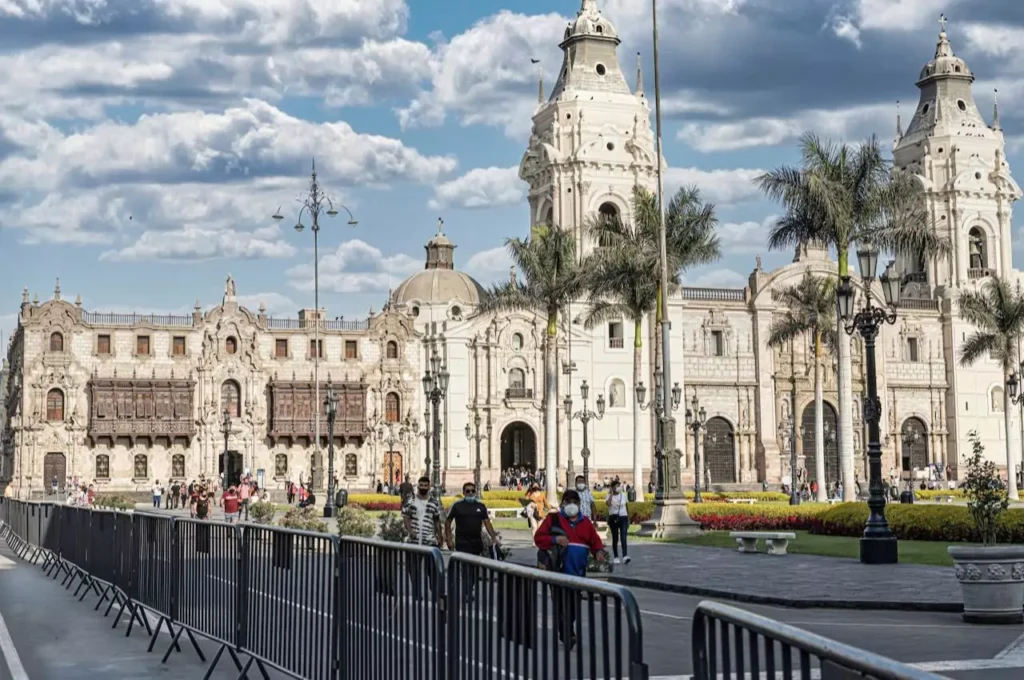
Health and Environmental Safety
Beyond personal security, your health is another key aspect of traveling in Peru. With the right precautions, you can ensure a healthy and enjoyable trip.
Health Risks and Precautions
Maintaining your health while traveling is essential. Here’s how you can protect yourself:
- Vaccinations:
- Check with your healthcare provider about recommended vaccinations before your trip. Common vaccines include Hepatitis A, Typhoid, and in some cases, Rabies.
- Altitude Sickness:
- Many areas in Peru, like Cusco, are situated at high altitudes. This can lead to altitude sickness, which is characterized by headaches, nausea, and fatigue.
- Prevention and Management:
- Acclimatize gradually by spending a day or two at a lower elevation.
- Stay hydrated and avoid strenuous activities during the first few days.
- Over-the-counter medication can help alleviate symptoms, but consult with a doctor for severe cases.
- Food and Water Safety:
- Enjoying local cuisine is one of the highlights of your trip, but it’s important to be cautious:
- Street Food: Choose vendors that appear clean and popular among locals.
- Water: Stick to bottled water or water that has been properly filtered or boiled to avoid waterborne illnesses.
- Enjoying local cuisine is one of the highlights of your trip, but it’s important to be cautious:
Natural Hazards
Peru’s natural beauty comes with its own set of challenges. Here’s how you can prepare:
- Earthquakes:
- Peru is located in a seismically active region. Familiarize yourself with basic earthquake safety measures:
- Before: Know the emergency exits in your hotel and how to take cover.
- During: If an earthquake strikes, drop to the ground, take cover under a sturdy piece of furniture, and hold on until the shaking stops.
- Peru is located in a seismically active region. Familiarize yourself with basic earthquake safety measures:
- Weather-Related Risks:
- The rainy season, particularly in the Andes, can bring heavy rainfall, flooding, and landslides.
- Preparation: Check weather forecasts regularly and avoid traveling in remote areas during severe weather conditions.
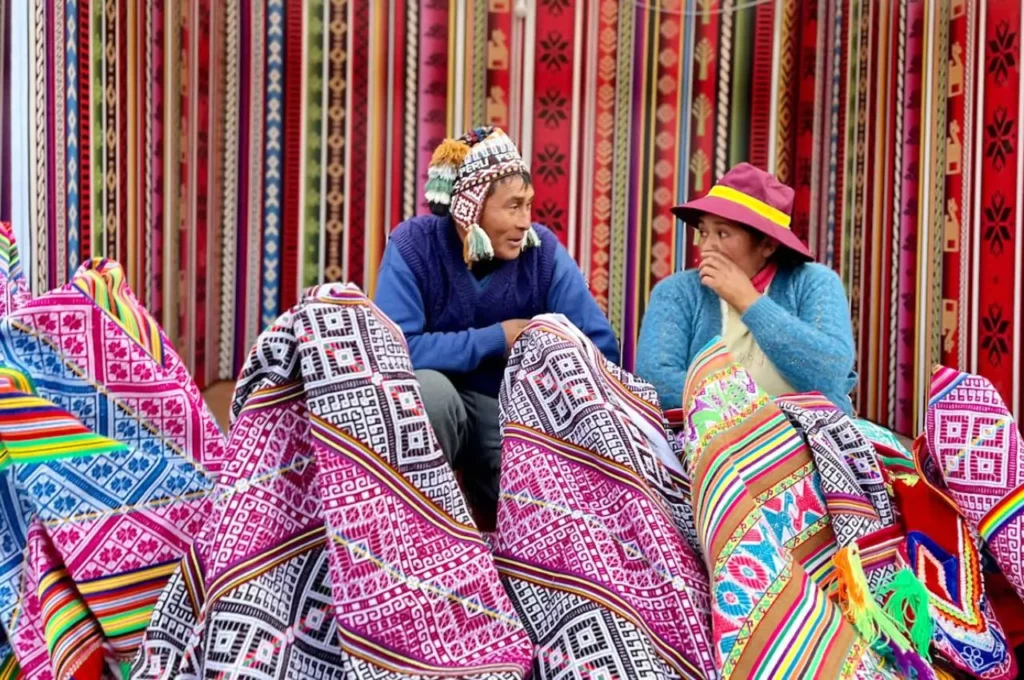
Cultural Considerations for Safety
Your experience in Peru will be enriched by understanding local customs and communicating effectively with the residents. Respecting cultural norms is not only courteous—it’s also a key aspect of staying safe.
Respecting Local Customs
When you interact with locals, embracing their customs can lead to more positive and safe experiences:
- Cultural Awareness:
- Take some time to learn about Peru’s cultural heritage, social norms, and etiquette.
- Do’s and Don’ts:
- Do greet people with a smile and a polite “Buenos días” or “Buenas tardes.”
- Don’t engage in overly casual behavior in sacred or historical sites.
- Dress Code:
- In many parts of Peru, dressing modestly is a sign of respect. You may feel more at ease and less noticeable if you blend in with local attire.
- Tip: When visiting rural areas or religious sites, opt for clothing that covers your shoulders and knees.
Language Barriers and Safety
Communication is key to any travel experience, and having a few language tools at your disposal can make a significant difference:
- Basic Spanish Phrases:
- Learning essential phrases such as “¿Dónde está el baño?” (Where is the bathroom?) or “Ayuda, por favor” (Help, please) can be lifesavers.
- Resources:
- Consider downloading a translation app to assist you during interactions.
- A small pocket dictionary or phrasebook might also be handy.
- Effective Communication:
- When facing an emergency, try to communicate clearly and calmly. Locals are generally helpful, especially if you make an effort to speak even a little of their language.
Safety Tips for Specific Travelers
Different types of travelers might have unique concerns. Whether you’re a solo explorer, a female traveler, or traveling with your family, here are tailored tips to ensure your safety.
Solo Travelers
Traveling alone can be an empowering and transformative experience, but it also demands extra vigilance:
- Is Peru Safe for Solo Travelers?
- Many solo travelers report positive experiences, but it’s important to stay cautious, especially in less crowded areas.
- Practical Tips:
- Always share your itinerary with someone you trust.
- Choose accommodations with good reviews and established reputations.
- Avoid venturing into unfamiliar areas at night and consider joining group tours for added security.
Female Travelers
Your comfort and security are paramount. Female travelers often face unique challenges, but with the right precautions, you can enjoy a safe and fulfilling trip:
- Addressing Concerns:
- Although many women travel safely in Peru, it’s wise to be aware of common issues and cultural differences.
- Empowering Strategies:
- Dress conservatively to minimize unwanted attention.
- Trust your instincts—if a situation feels off, remove yourself promptly.
- Consider using female-only accommodations or joining women-focused travel groups.
- Keep emergency contacts, including local women’s support organizations, readily available.
Family Travel Safety
Traveling with children or elderly family members requires extra care and preparation:
- Traveling with Kids:
- When exploring historical sites or bustling markets, keep a close watch on your little ones.
- Health Considerations: Ensure that all family members are up-to-date with necessary vaccinations.
- Family-Friendly Destinations:
- Opt for regions known for their safety records and family-friendly attractions.
- Logistics: Plan your routes in advance and choose guided tours where available to streamline logistics and reduce risks.
- Practical Tips for Families:
- Carry a basic first-aid kit and any medications your family members may need.
- Use child-friendly travel accessories like ID bracelets with contact information.
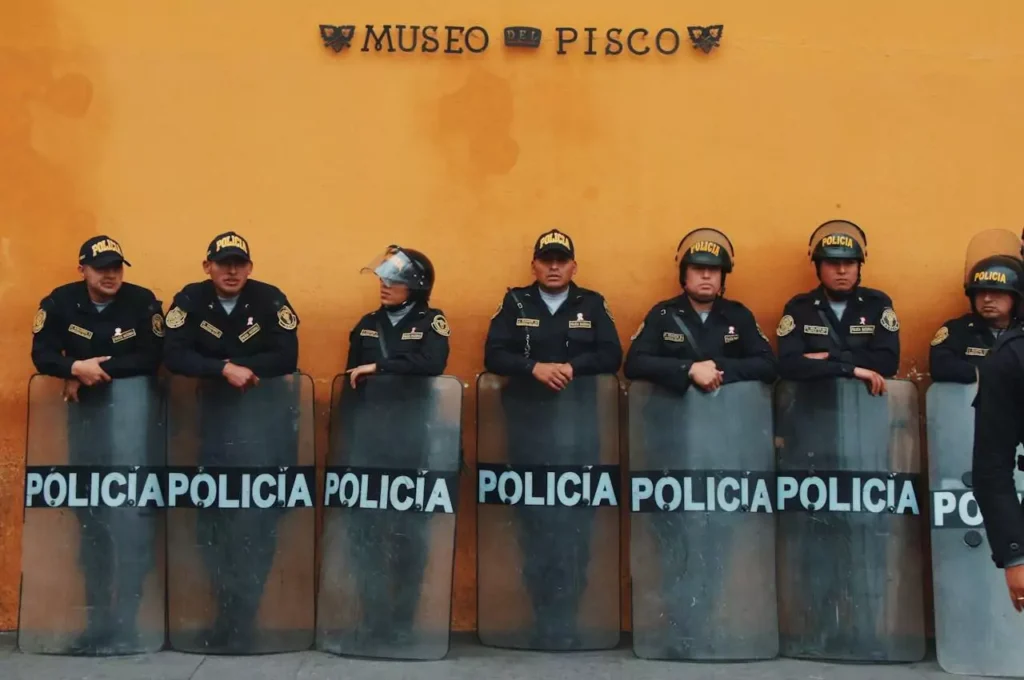
Emergency Contacts and Resources
Preparation is key when traveling, and having a list of emergency contacts can make a significant difference in a crisis.
- Important Numbers:
- Police: The local emergency number in Peru is 105.
- Medical Emergencies: Dial 106 for ambulance services in urban areas.
- Tourist Assistance: Some regions have dedicated tourist police to help travelers.
- Local Embassies and Consulates:
- Before you travel, note the contact details of your country’s embassy or consulate in Peru. This information is invaluable if you lose your passport or encounter legal issues.
- Useful Apps:
- Navigation: Apps like Google Maps or Waze can guide you safely through unfamiliar roads.
- Communication: Translation apps can help bridge language barriers.
- Safety Alerts: Consider apps that provide real-time updates on local conditions or emergencies.
How to Prepare for Your Trip
Taking a few extra steps before your journey can dramatically improve your overall experience and safety.
Research and Planning
- In-depth Research:
- Spend time reading up on the regions you plan to visit. Look at travel blogs, official tourism sites, and recent news articles for up-to-date information.
- Travel Itinerary:
- Create a detailed itinerary and share it with a friend or family member back home.
- Local Culture:
- Familiarize yourself with local customs, traditions, and even basic phrases in Spanish to help you blend in and show respect.
Packing Essentials
When preparing for your trip, packing smartly is part of staying safe and healthy.
- Safety Gear:
- Include items such as a money belt, a portable phone charger, and a flashlight.
- Health Essentials:
- Pack any necessary medications, a travel first-aid kit, and items like insect repellent or sunscreen.
- Documentation:
- Always have copies of important documents (passport, visa, travel insurance) both in digital and physical form.
- Clothing:
- Choose versatile and modest clothing that is appropriate for both urban and rural environments.
Travel Insurance
One of the most critical aspects of your preparation is ensuring you have adequate travel insurance.
- Coverage:
- Look for insurance that covers health emergencies, trip cancellations, and even theft or loss of belongings.
- Peace of Mind:
- With the right insurance, you can focus more on enjoying your trip and less on potential what-ifs.
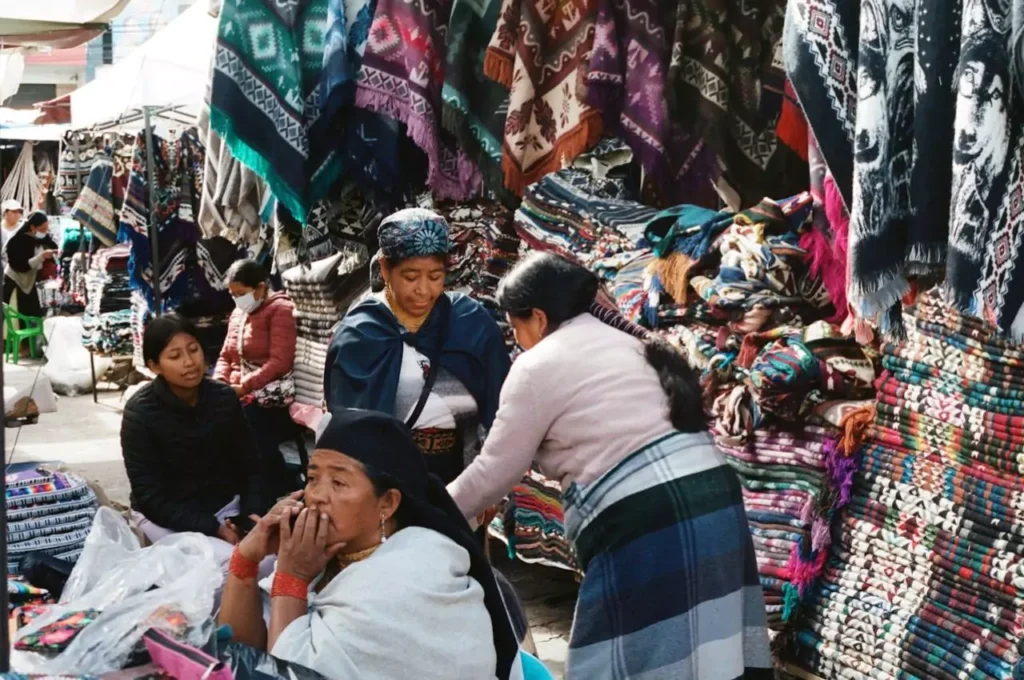
Local Interaction and Cultural Immersion
Embracing local culture is one of the most rewarding parts of traveling. The more you understand, the safer and more enjoyable your experience will be.
Engaging with Locals
- Be Respectful:
- Show genuine interest in the local way of life. Simple gestures like greeting someone in Spanish—“Hola, ¿cómo estás?”—can go a long way.
- Participate in Local Traditions:
- Whether it’s a local festival or a traditional market, these experiences offer invaluable insights into Peruvian culture.
- Cultural Sensitivity:
- Be mindful of sensitive topics and avoid making assumptions. This respectful approach not only enriches your experience but also ensures you remain safe and welcome.
Language and Communication
Your interactions with locals can be smoother if you invest time in learning a few key phrases.
- Essential Spanish Phrases:
- Familiarize yourself with terms such as “por favor” (please), “gracias” (thank you), and “disculpe” (excuse me) to encourage friendly interactions.
- Practical Tools:
- Use a translation app on your phone, or consider taking a short language course before your trip.
- Non-Verbal Cues:
- Remember that body language is universal. A friendly smile, open posture, and respectful eye contact can communicate much, even if your Spanish isn’t perfect.
Additional Tips for a Smooth Experience
In addition to safety and health considerations, here are some extra tips that can help you navigate your journey more efficiently.
Money and Currency
Managing your finances wisely is part of staying safe while traveling.
- Currency Exchange:
- Familiarize yourself with the Peruvian Sol and exchange currency at reputable banks or authorized exchange bureaus.
- Carrying Cash vs. Cards:
- While it’s convenient to use credit cards, always have a small amount of cash for emergencies or places that don’t accept cards.
- Secure Storage:
- Use a combination of wallets, money belts, and hotel safes to keep your cash and cards secure.
Connectivity and Communication
Staying connected ensures that you’re never isolated, especially in unfamiliar surroundings.
- Local SIM Cards:
- Consider purchasing a local SIM card to stay connected at affordable rates.
- Wi-Fi Access:
- Many hotels, cafes, and public areas offer free Wi-Fi. However, avoid conducting sensitive transactions over public networks.
- Emergency Contacts:
- Keep a list of emergency numbers in both your phone and a written copy in case of battery loss or phone issues.
Adapting to Local Conditions
Understanding and adapting to the local environment can enhance your experience and safety.
- Altitude Acclimatization:
- If you’re visiting high-altitude destinations like Cusco, take it slow on your first day to give your body time to adjust.
- Local Transportation:
- Whether you’re using taxis, buses, or even trains, always prioritize well-reviewed and reputable services.
- Weather Preparedness:
- Pack layers of clothing so you can adapt to fluctuating temperatures, especially if you’re traveling between coastal and highland regions.
Final Thoughts: Embrace a Safe and Enriching Peruvian Journey
As you prepare for your adventure, remember that traveling in Peru can be both exhilarating and safe if you take the right precautions. You now have a detailed roadmap—from understanding the safety landscape and exploring both popular and off-the-beaten-path destinations to avoiding common scams and ensuring your health and well-being. Embracing local culture, staying informed, and planning ahead are your keys to a smooth, worry-free experience.
By using the insights provided in this guide, you’ll be well-equipped to answer the question, “is Peru safe to travel?” with confidence. Every journey comes with its unique challenges, but with preparation and awareness, you can explore Peru’s ancient wonders, vibrant cities, and majestic natural landscapes while keeping yourself secure.
Take the next step and start planning your Peruvian adventure today. Embrace the rich culture, the stunning landscapes, and the warmth of local hospitality. Your journey awaits—packed with unforgettable experiences and the assurance of safety every step of the way.

